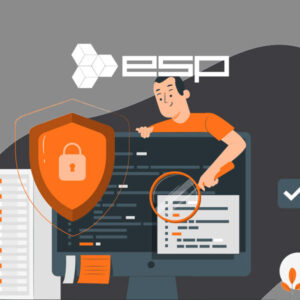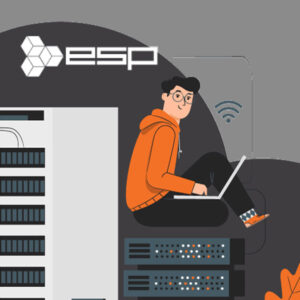Contrary to popular belief, both computer hardware and software – including that which your company uses to support its IT infrastructure – is not designed to last forever. There comes a point where every piece of software will need to be replaced by a newer and more secure iteration, including operating systems (OS) like Windows.
In January Microsoft ceased support for Windows 7. This means that after a decade-long run, Windows 7 will no longer issue important patches and security updates.
Other examples of OS software that’ve now lost support include Windows XP and Windows Server 2003.

End-of-Life Software Dangers and Risks
In our digitally connected world where threats from hackers and cyber-attacks are increasing daily, EOL software puts companies in an incredibly precarious situation. You can take action to avoid putting your infrastructure and operations at unnecessary risk and manage the pitfalls that are end-of-life software.
We made a list of the dangers and risks you may be facing if you are running Windows XP, Windows Server 2003, Windows Server 2008, Windows 7, Windows Small Business Server 2011 or any other outdated/unsupported software package.

1. You’re more vulnerable to hacking
Having a firewall and anti-virus software isn’t enough. Key to defence against current attacks is a strong and up-to-date OS.
Updates are a necessity. A lack of security updates, patches, and bug fixes is a hackers best opportunity to gain the system. Think about it: How many pieces of software do you know of that don’t need to be patched up every now and then to fix bugs and loopholes and protect against the latest security threats? None!
2. You could be violating regulations
End-of-life software inevitably leads to an increased risk of compliance violations, particularly where systems store personal and/or financial data.
Since GDPR’s introduction in 2018, companies operating within Europe must ensure they are taking reasonable steps to safeguard from potential breaches. Using outdated and unsupported software falls outside of compliance not just with GDPR but a whole range of other regulations too.
3. You’re spending more on operating costs
Outdated software costs significantly more money to operate than supported software. The costs of maintaining and constantly fixing end-of-life software can get very steep, very fast, especially if you do not have an internal IT team capable of deploying temporary fixes. In just a few years these costs will easily exceed the cost of replacing your outdated software and systems entirely.
4. Poor performance and reliability
Legacy software doesn’t perform as well as its newer iterations. This adds to both cost and the risk factor because outdated, out-of-support software and hardware are way more prone to errors, and downtime costs money.
Furthermore, it is important to have robust, reliable systems. When all your business is done online the smallest amount of downtime caused by an outdated system will cause thousands in damage and lost revenue.
What Should I Do?
If you know you’re running an outdated OS (Windows 7 or Windows Server 2008/SBS 2011) the smart thing to do is act now and upgrade.
Constant updates are vital to keep your systems secure, updated security patches and software reduces your exposure to security risks and ensures compliance, amongst other things.
If you think you may benefit from an automated software and patch management solution or just want peace of mind, contact ESP today to know where you stand with vulnerabilities.







